The Square Knot is one of the first knots we learn to tie.
It‘s a simple binding knot used to tie shoelaces, bandages and secure parcels.
The strength of this knot is only 50%, so it’s suitable for non-critical applications only.
Let’s learn this knot in detail.
Square Knot Details
Type: Basic
Other Names: Reef Knot, Hercules Knot
ABoK Reference: #1402
How to Tie a Square Knot (Reef Knot)
A Popular mnemonic for tying the Reef Knot is “Right over Left, Left over Right.”
Here’s how you do it:
- Cross the YELLOW rope over the ORANGE rope (Right over Left).
- Tuck it under the ORANGE rope to form a half knot.
- Cross the YELLOW rope over the ORANGE rope once again (Left over Right).
- Tuck it under the ORANGE rope to form another half knot.
- Pull all ends to tighten the knot.
You have tied this knot correctly if the working ends on both sides exit at the top or at the bottom.
Add an extra Half Knot over the Square Knot for more security. But remember, it still does not make your knot safe for critical applications.
Square Knot Step by Step
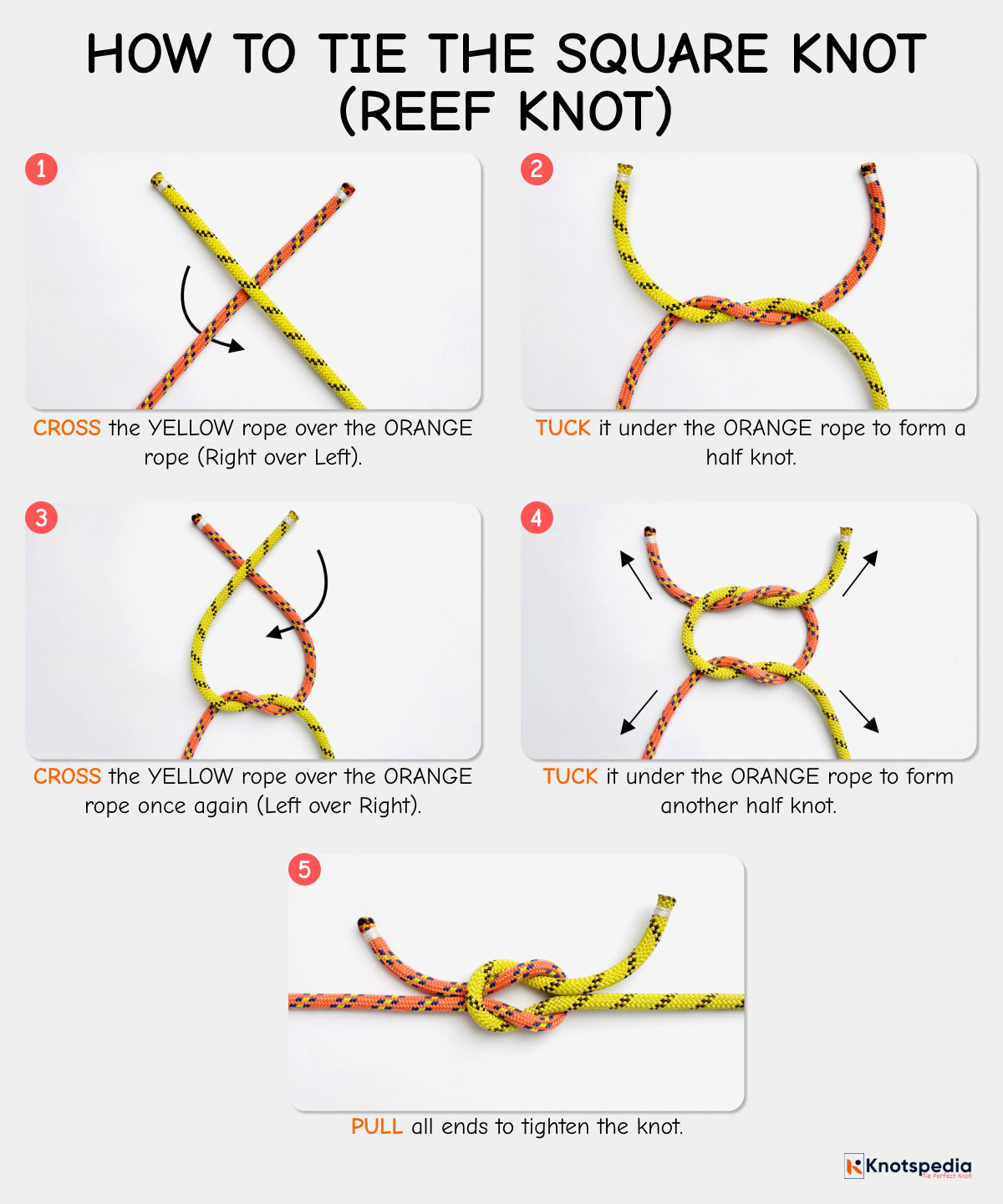
Square Knot Video Guide
Alternative Way to Tie the Square Knot
- Form a loop on the blue rope and feed a tag end down through the loop.
- Bring the tag end over the base of the loop.
- Feed it under the base of the loop.
- Tighten the knot.
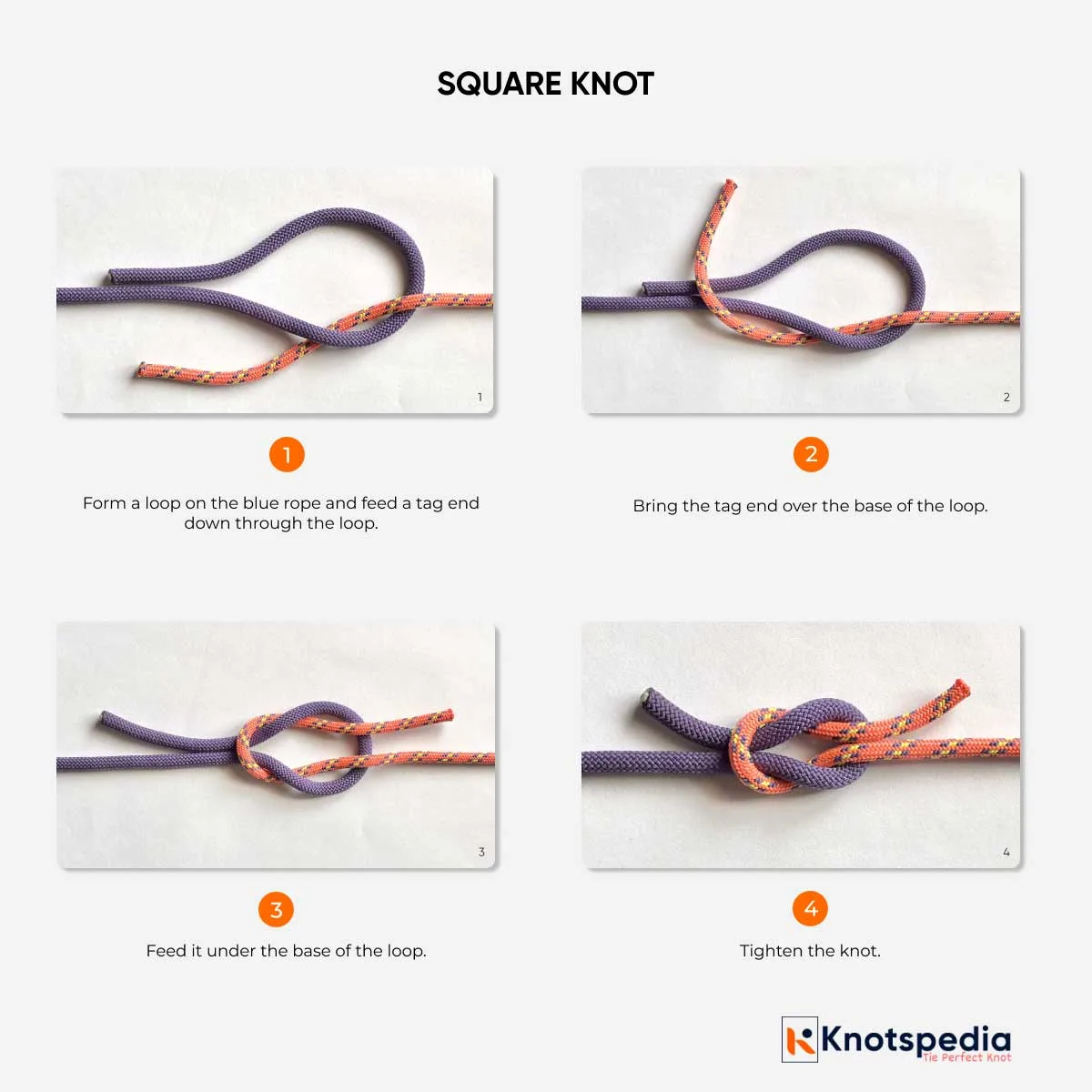
Pros & Cons
- Quick and easy to tie
- Can jam
- Can capsize if one of the free ends is pulled outwards
- Does not bind well with ropes of unequal diameter
Applications and Uses
- It’s used to tie shoelaces. It’s also used to tie bows in shoes and packages.
- Tie bandages over the wounds.
- Secure the ends of plastic bags
- In camping, you can secure a rolled-up tent.
- In macrame, it’s used to make decorative arts.
- It’s used as a symbol in scouting uniforms and is a part of various awards and badges in Boy and Girl Scouts.
Square Knot Variations
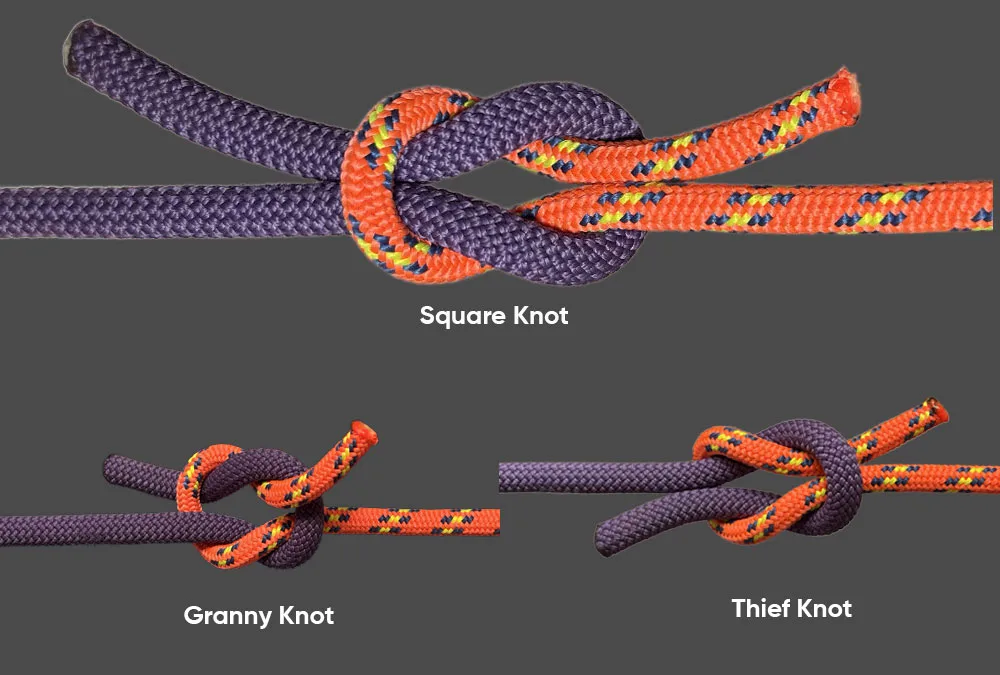
Surgeon’s Knot
The Surgeon’s knot (ABoK #461) is also referred to as a surgical knot and has a slight modification to the Square Knot.
Instead of tying a single Half Knot in the first throw, an extra half turn is added, forming a Double Overhand Knot to achieve the binding required while the second Half Knot is tied.
Granny Knot
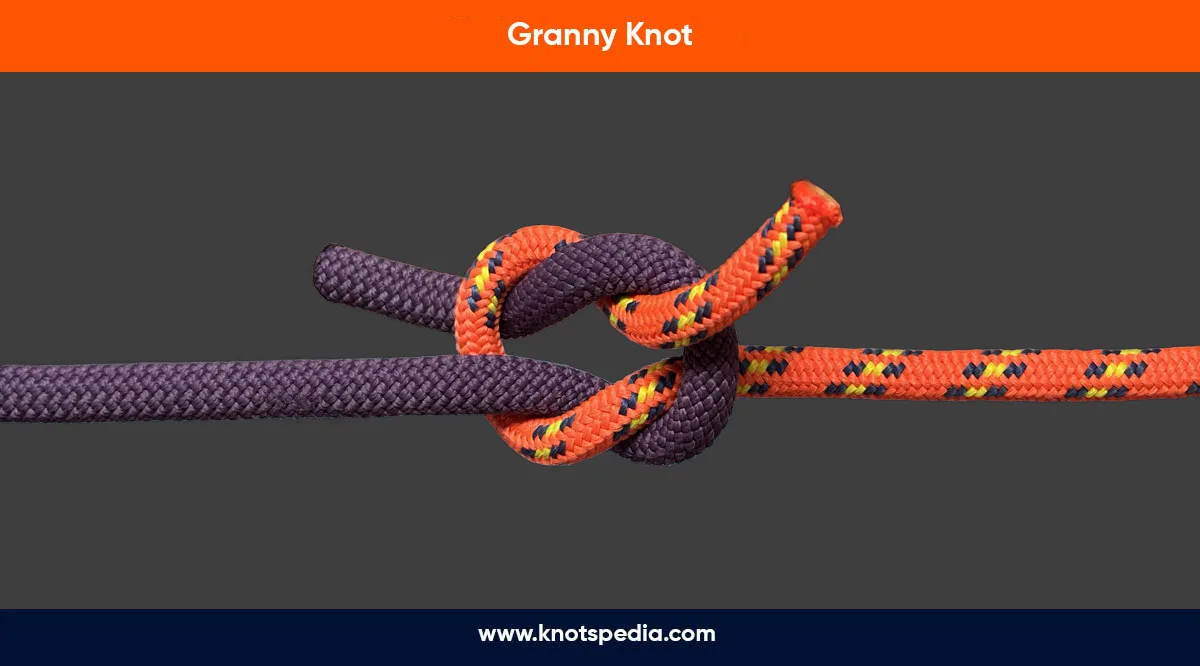
The Granny knot (ABoK #1206) is an inferior version of the Square Knot.
It’s a common error people make while tying a Square Knot, and they end up tying a Granny knot instead.
It consists of two identical Half Knots, where one Half Knot is tied over the other.
But how do you identify the Granny knot?
Simple: You will have ends exiting over and under the loop.
The knot can slip, jam, and is difficult to untie than the Reef Knot.
Thief Knot
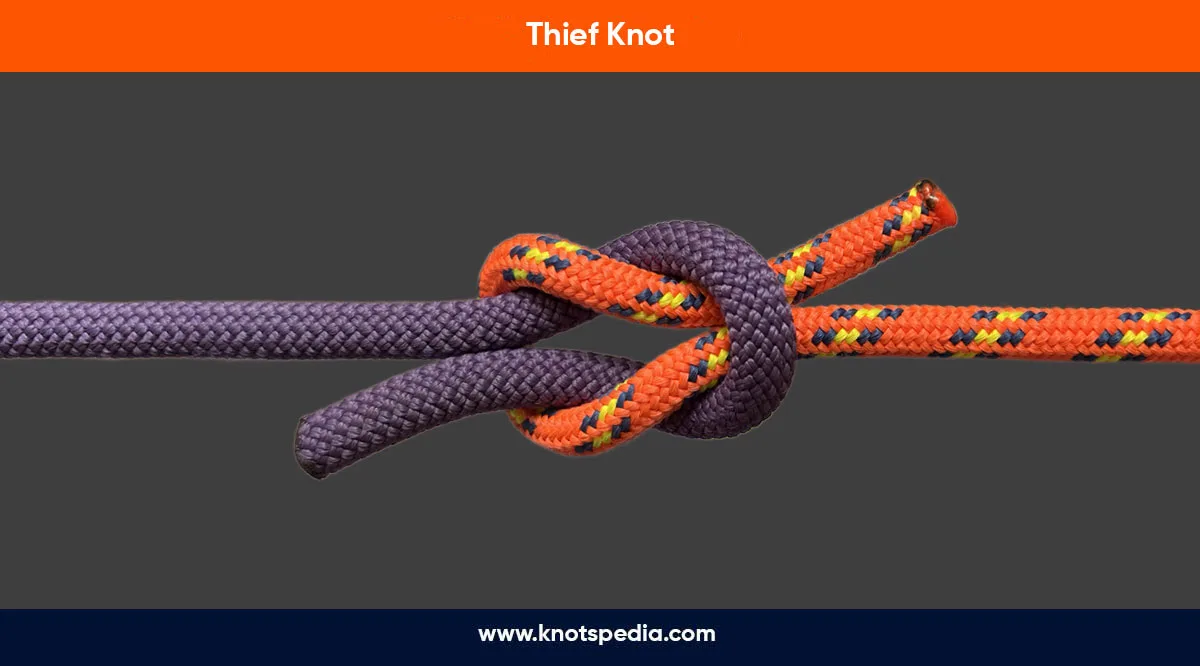
The Thief knot (ABoK #1207) looks similar to the Square Knot, but there is one striking difference.
It does not consist of two Half Knots, and if you look at the final structure, the tag ends emerge one at the top and the other at the bottom.
Traditionally, this knot was used by sailors to determine if someone had tampered with their bag or sack.
If a thief were to open it, they would mistakenly tie a reef knot instead, and the thief would be detected.
Tying the Shoelaces
The Square knot is the very first knot I ever learned as a child.
It’s the most basic knot used to tie shoelaces.
The Square knot for the shoestring is tied with one end and one bight, so you might not recognize it.
But it’s still there.
The Double Slip knot (ABoK #1219) can also be applied to shoestrings.
Each of the two loops in the second knot is tucked once they have been crossed.
Square Knot vs Granny Knot
At first, it’s quite a challenge for beginners to spot the Square Knot from the Granny knot because both knots look quite similar.
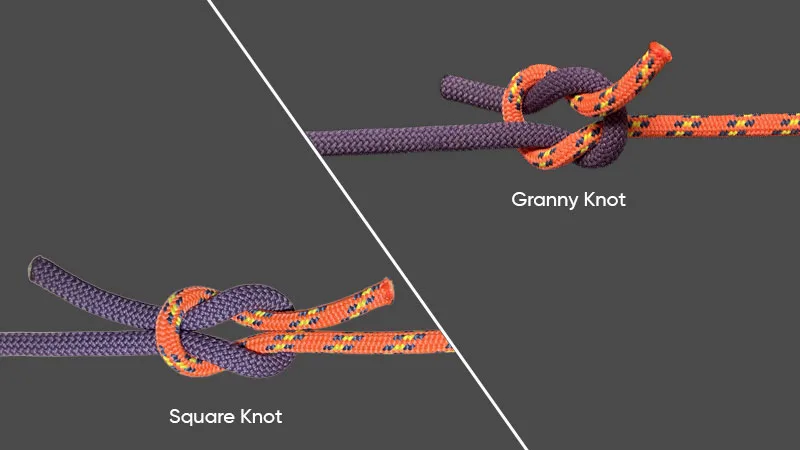
One way to figure them out is that in the Square Knot, each loop passes completely over or under the neck of the other.
It’s commonly tied as “right over left, tuck under, then left over right, tuck under.”
The Granny Knot repeats the step: “right over left, tuck under.”
The Square Knot has the ends leaving the loop on the same side, but the Granny Knot has the ends exiting on the alternating side.
Quick History
Before the name Square Knot came into use, it was known as the Reef Knot.
The Reef Knot is one of the ancient knots, and its history dates back to at least 4,000 years.
It was commonly used by the sailors to reef sails.
The term “Square Knot” was later found in Dana’s book “A Seaman’s Friend (1841).”
Word of Caution
The Square knot is not recommended for tying two ropes together because of the potential instability of the knot.
The Ashley Book of Knots states that:
“Under no circumstances should it ever be tied as a bend….”
In the same breath, he also states that:
“There have probably been more lives lost as a result of using a Square knot as a bend than from the failure of any other half dozen knots combined.”
The International Guild of Knot Tyers also warns:
“The reef knot should never be used as a bend to join two ropes that will be under load.”
That said, it’s fine for non-critical applications.
If you need a bend knot, there are better options like the Double Fisherman’s knot or the Sheet Bend.
If you like the article, Share it with your friends.
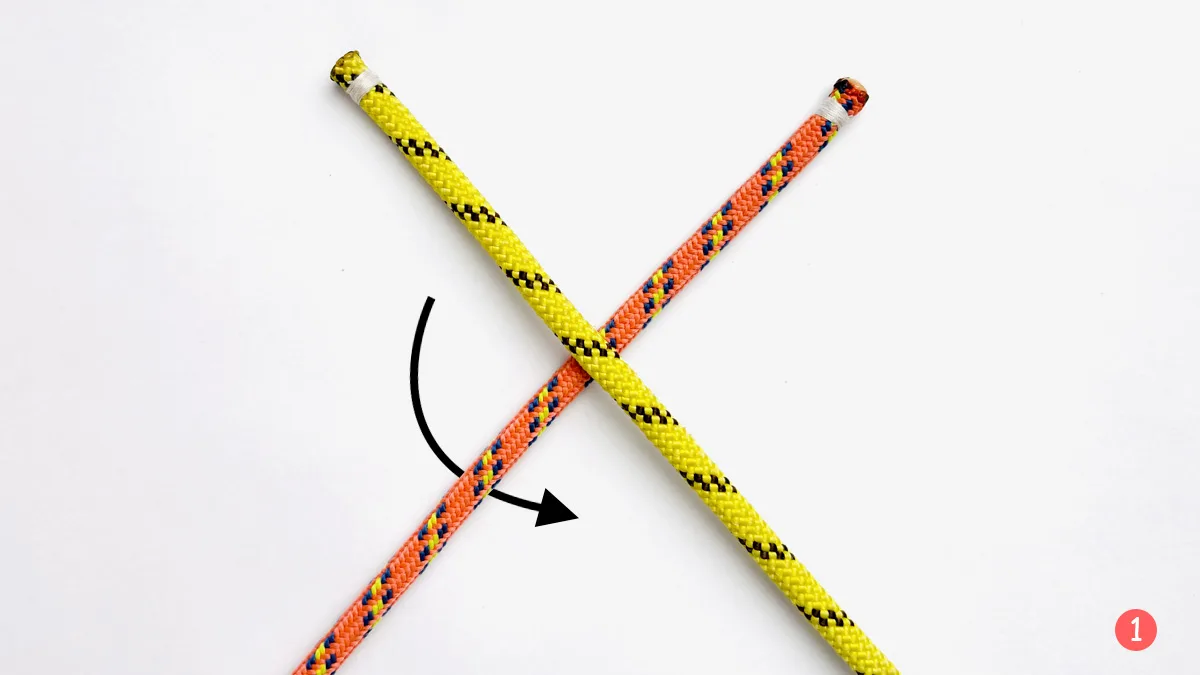
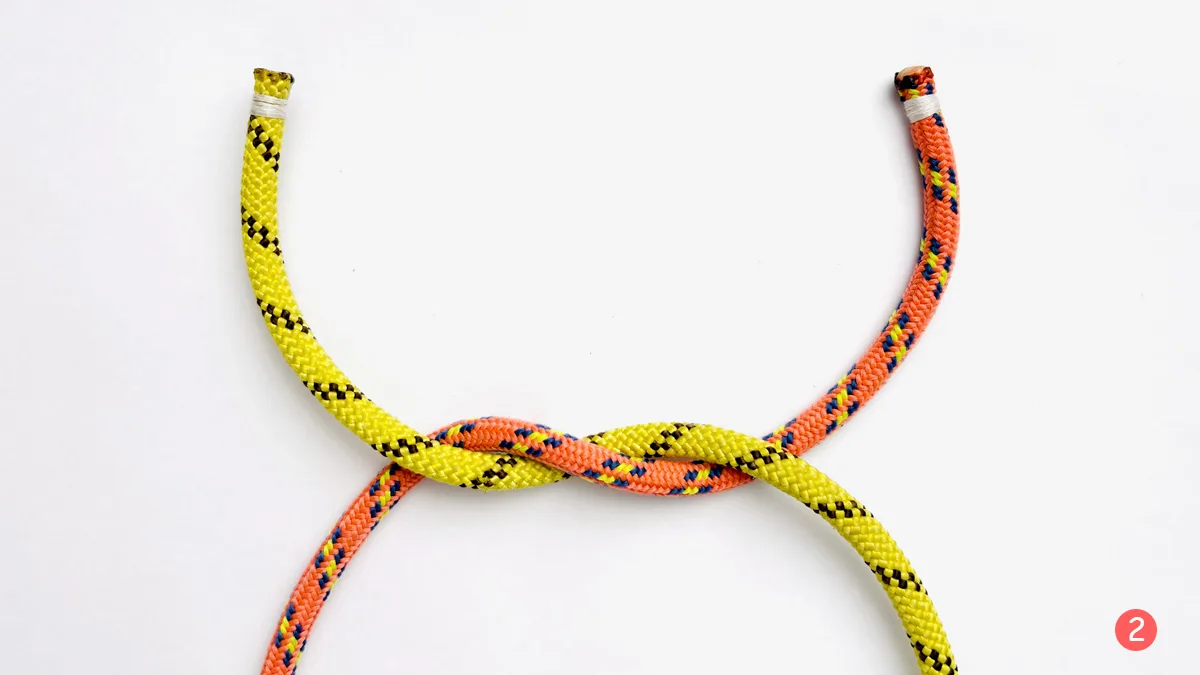

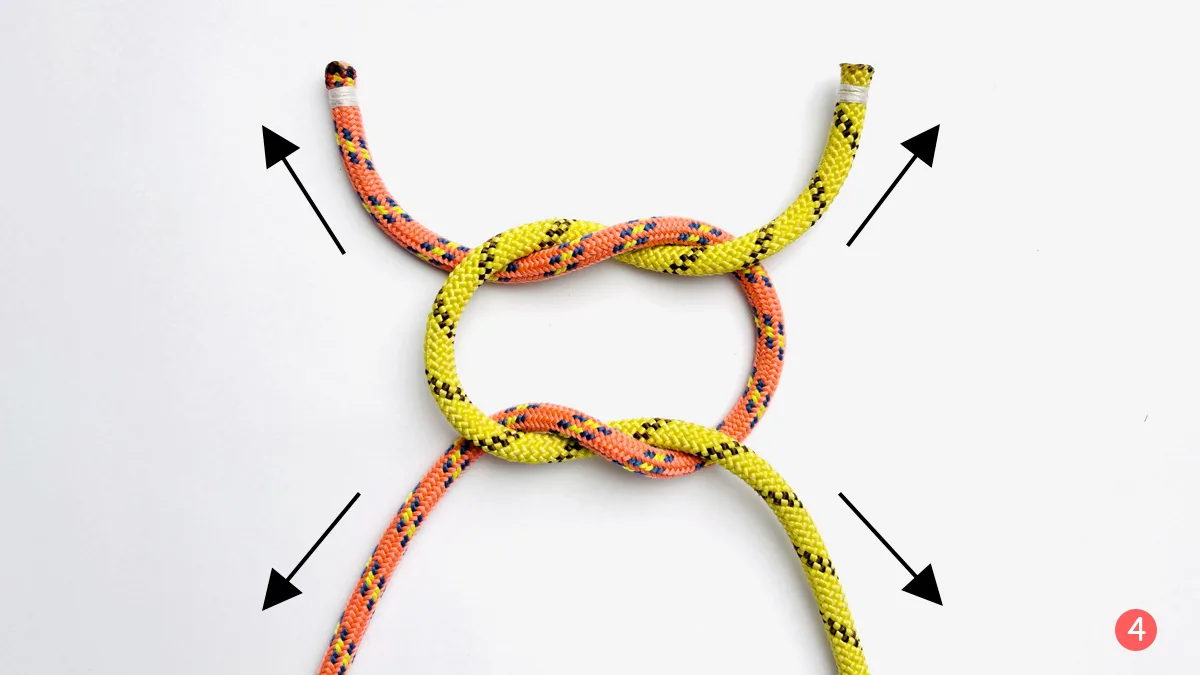
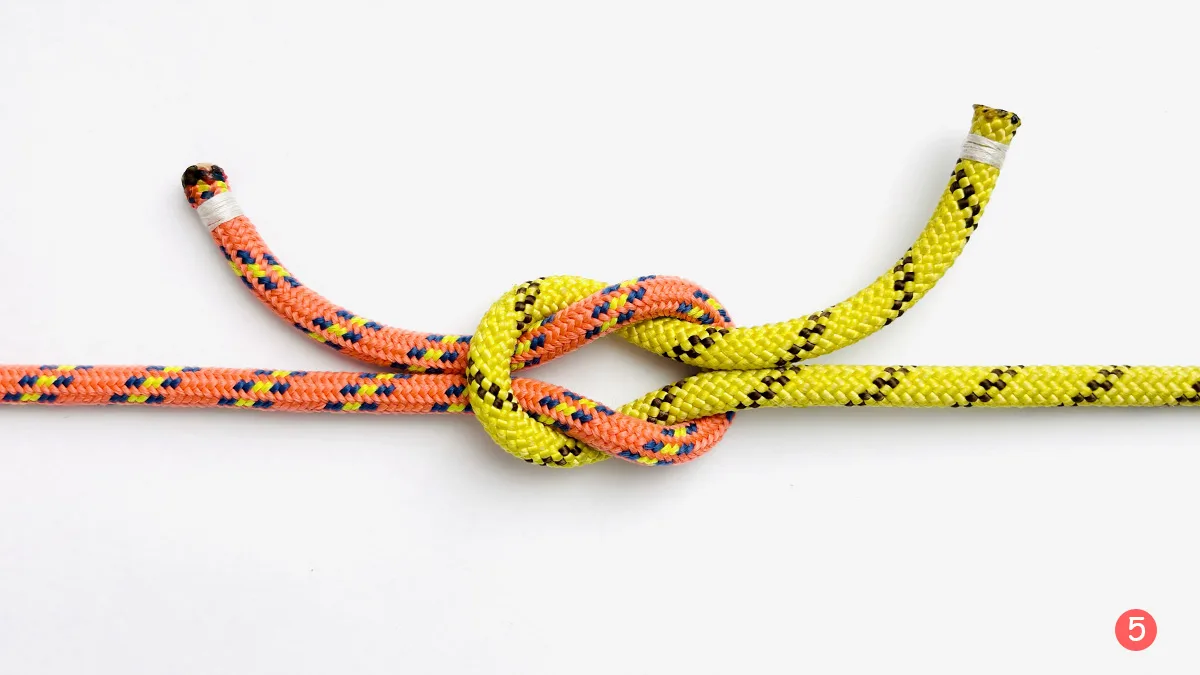
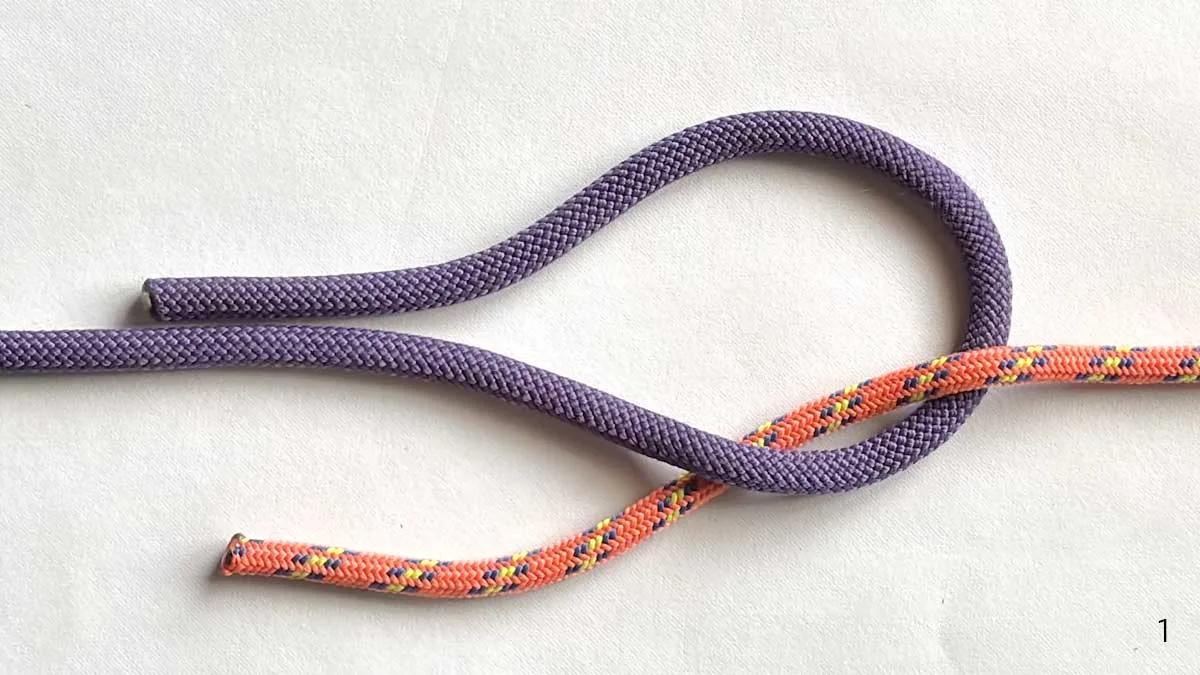
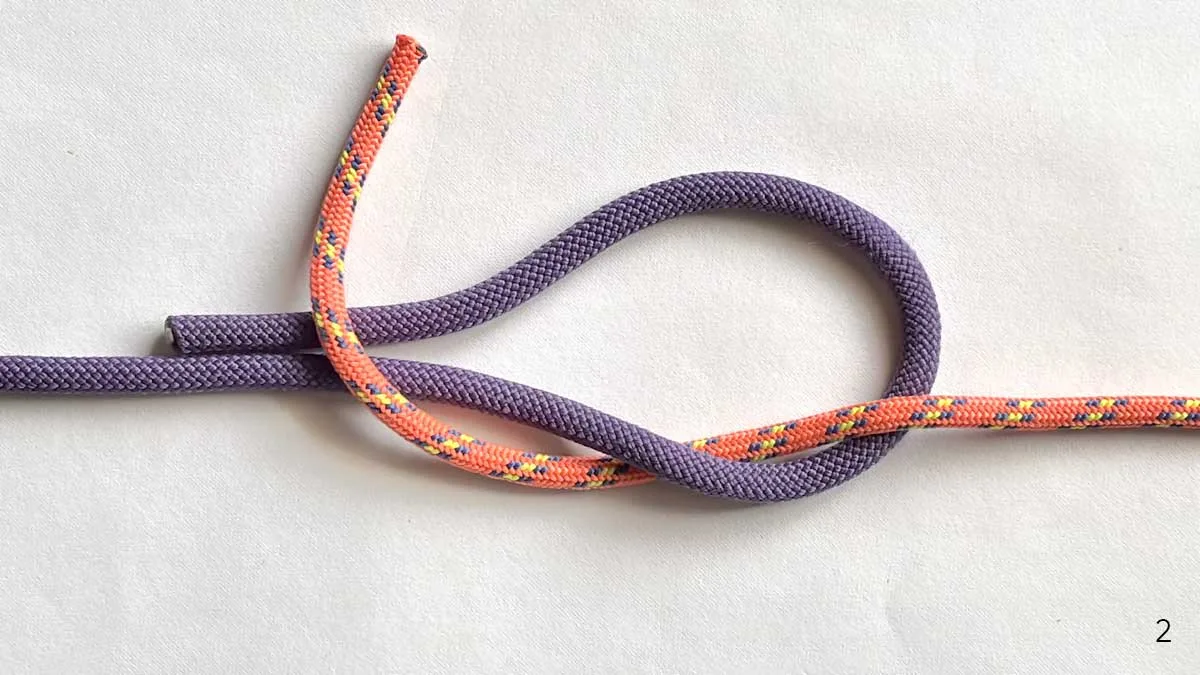
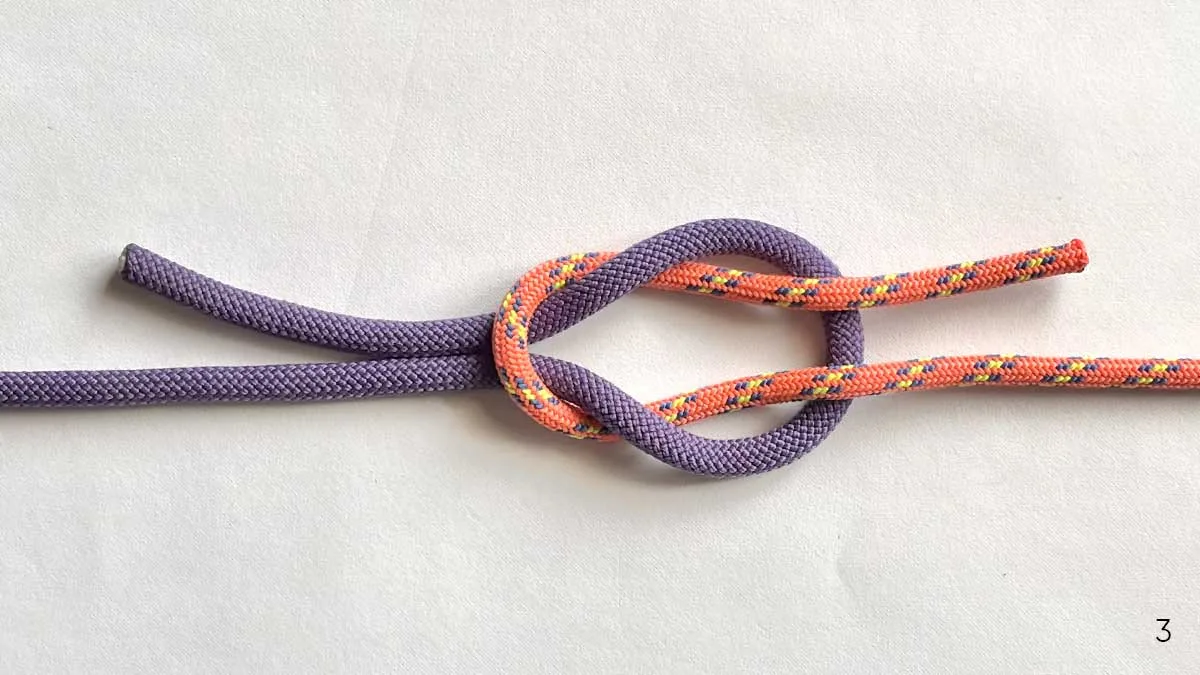
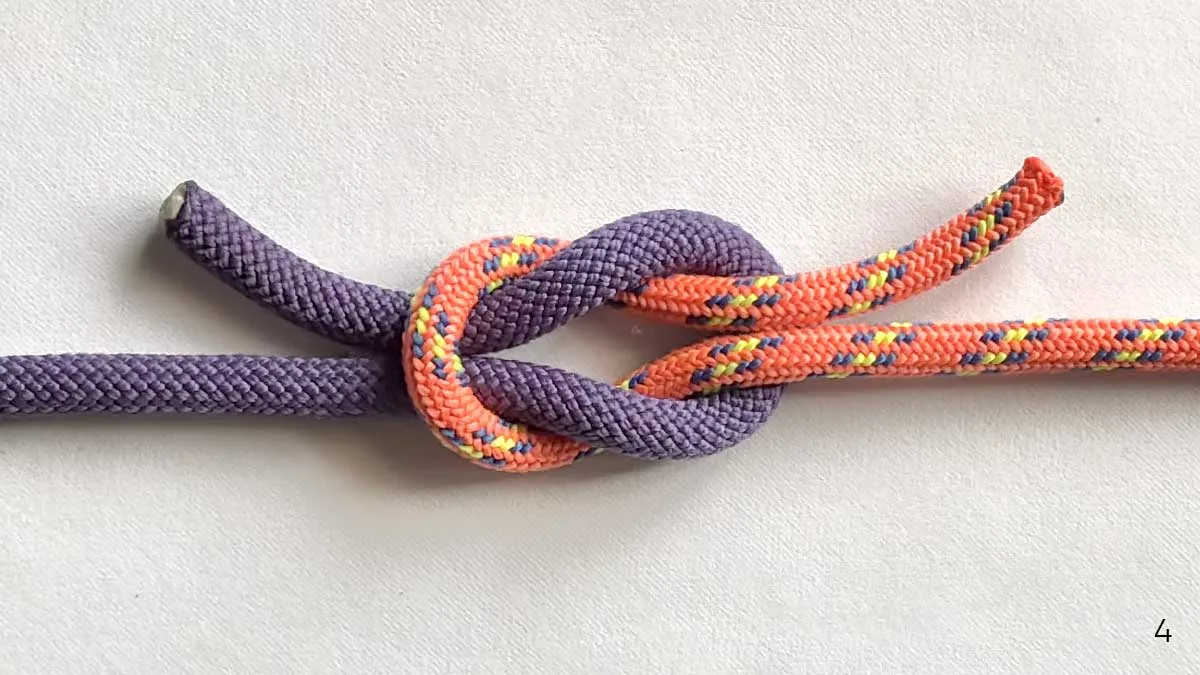
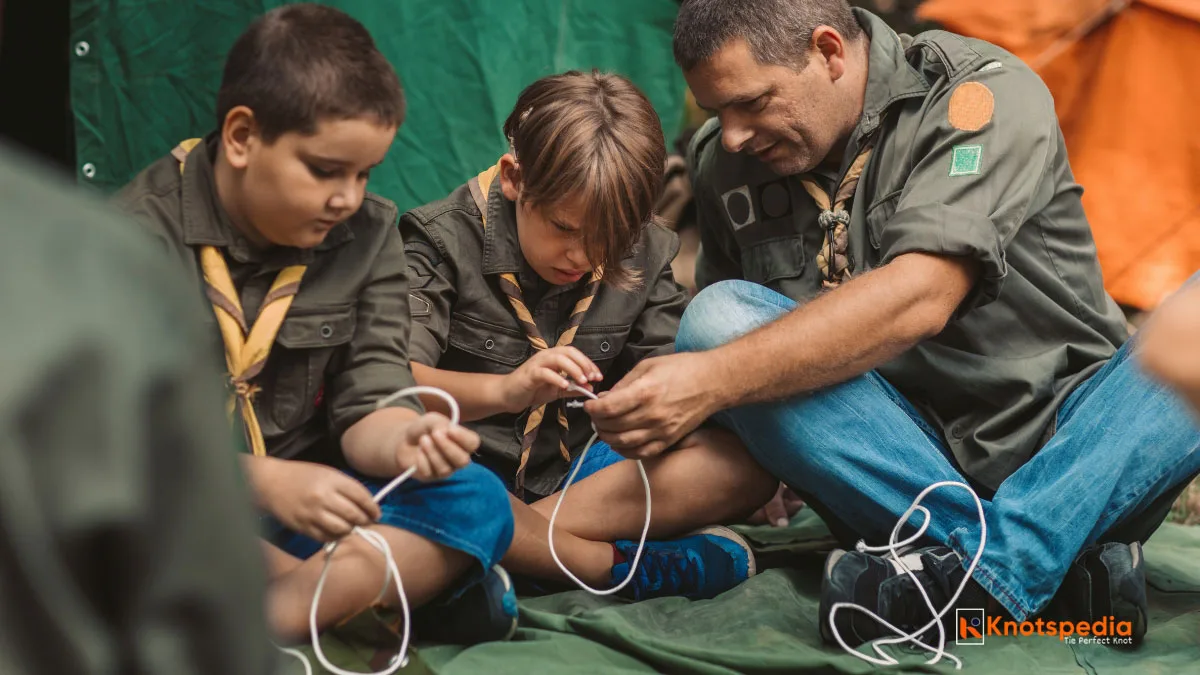


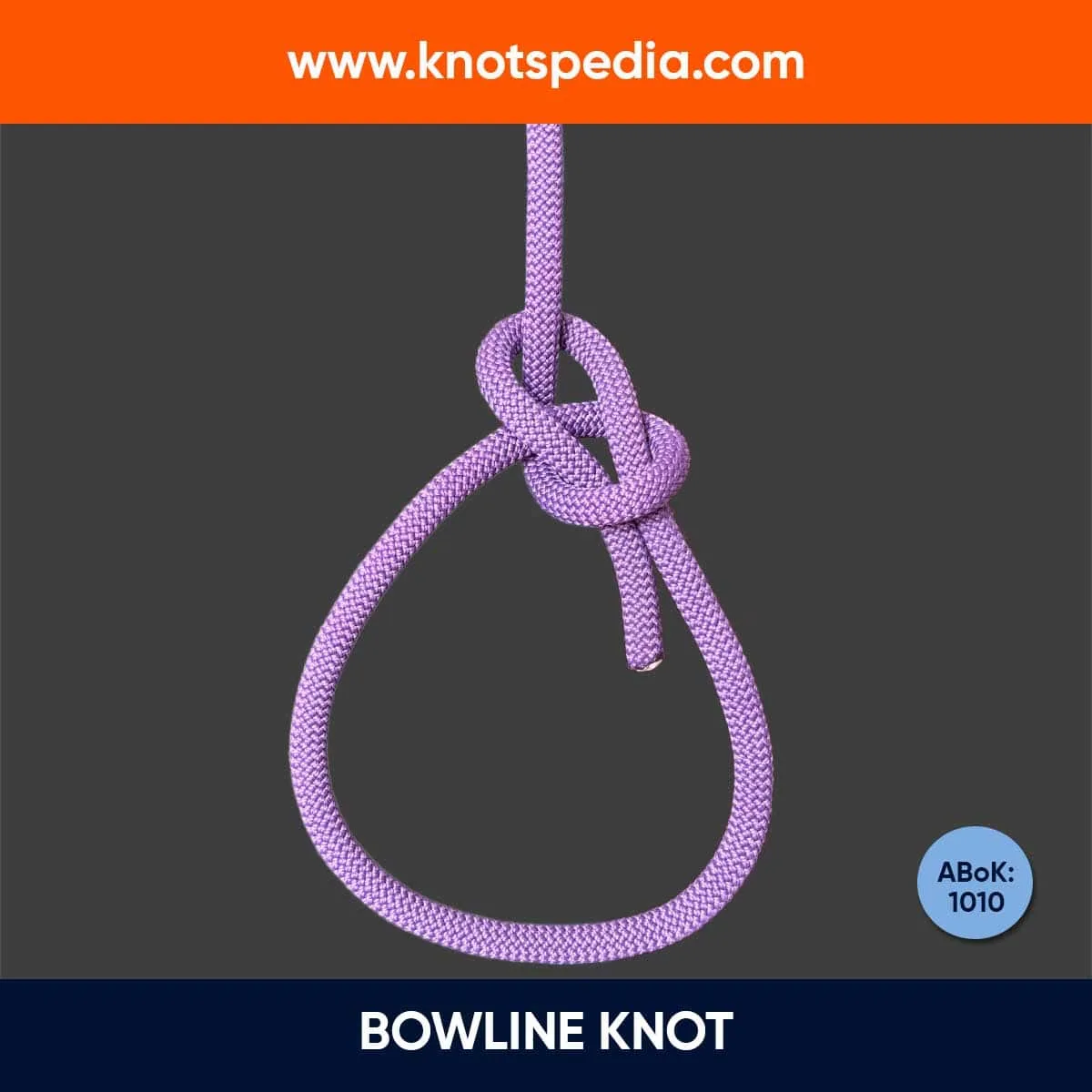
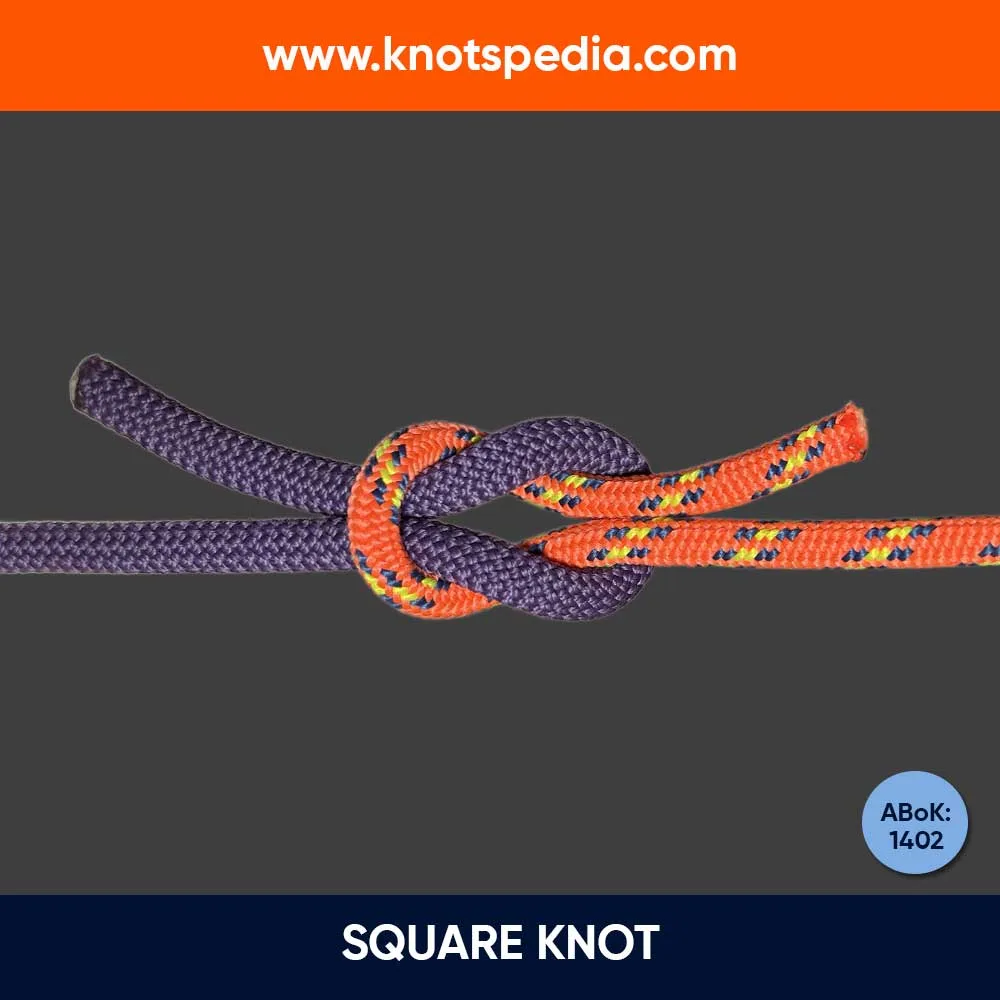

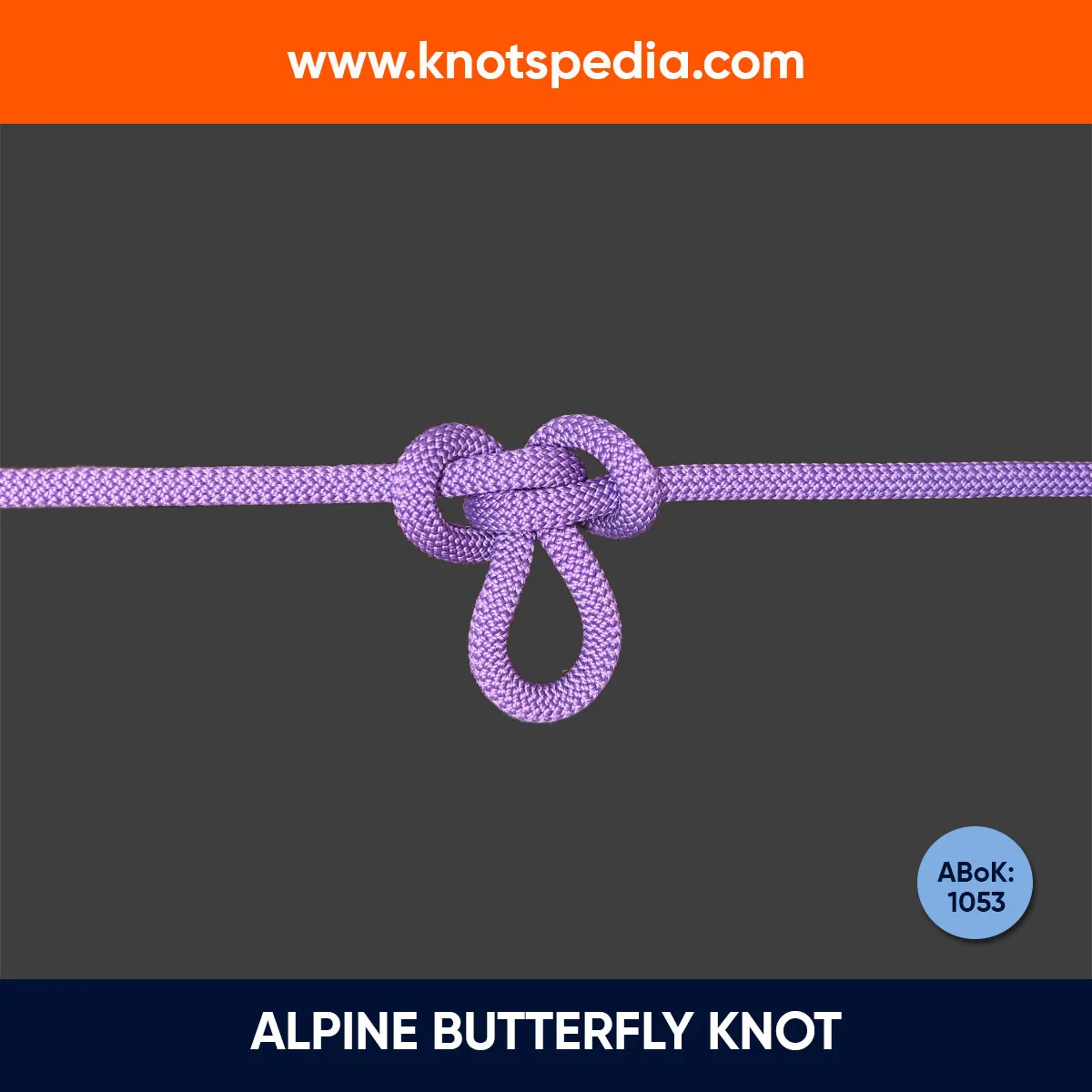

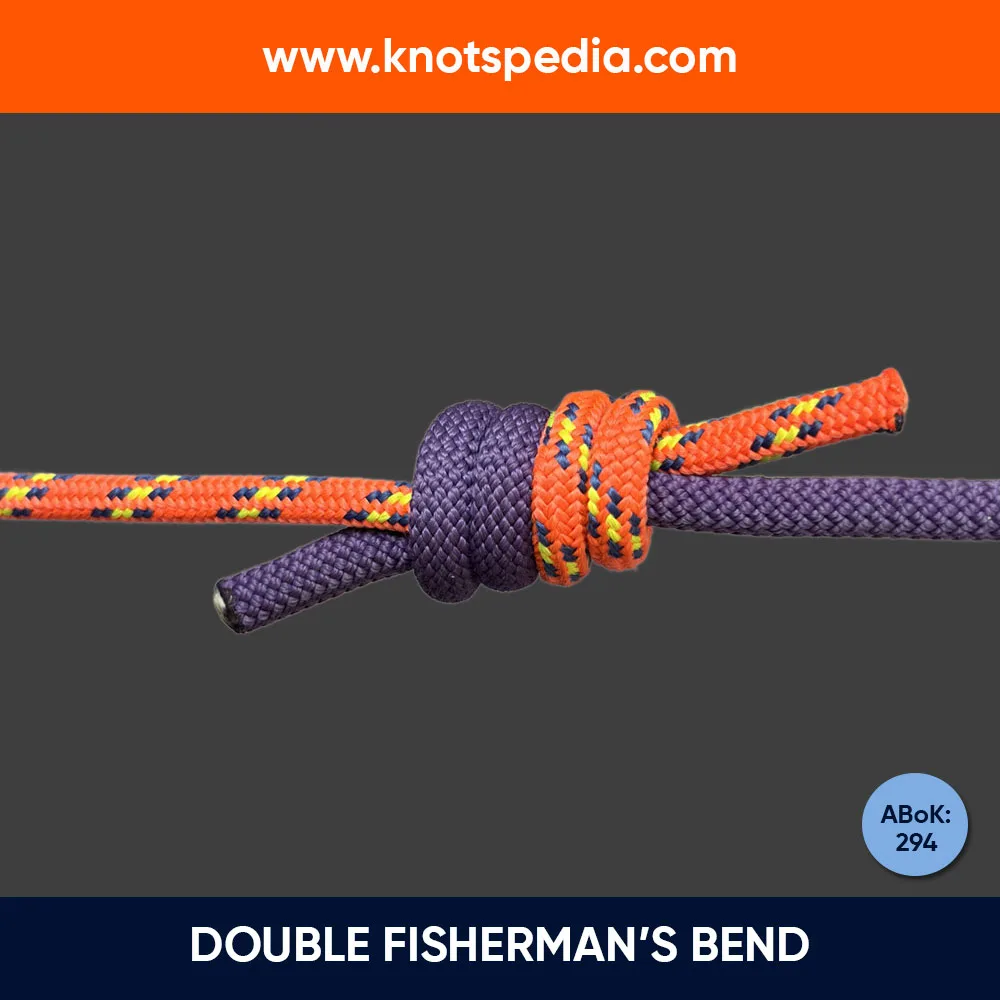
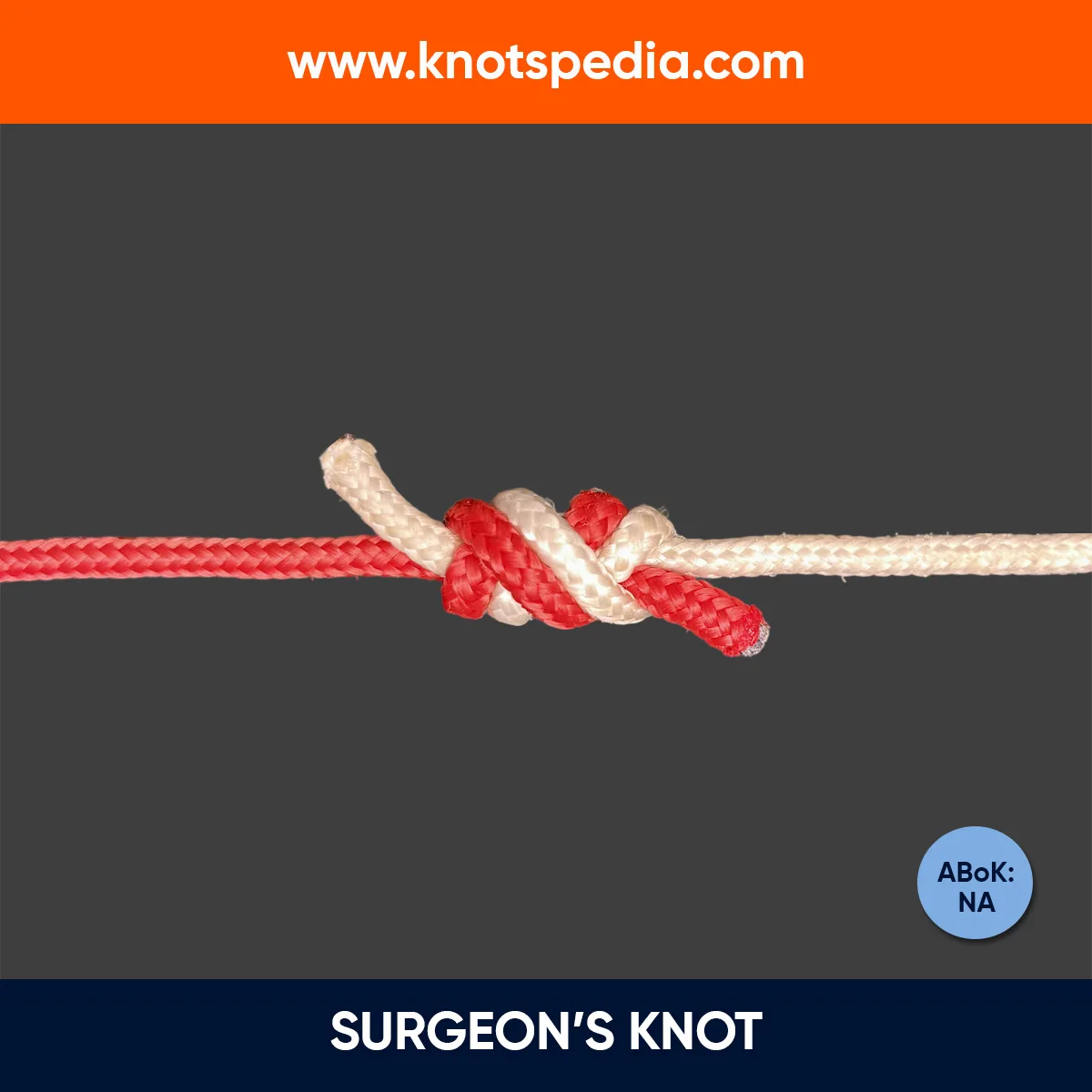
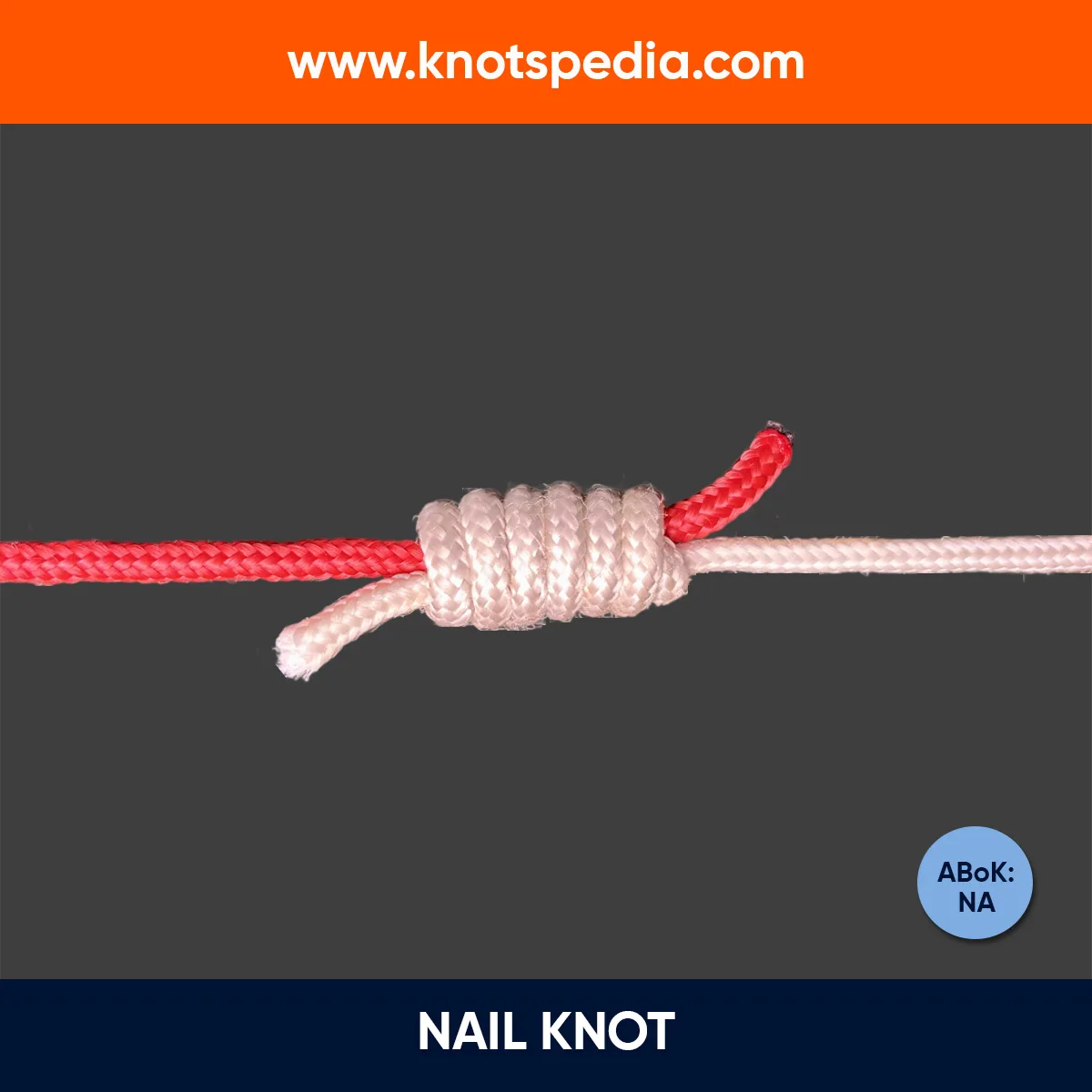

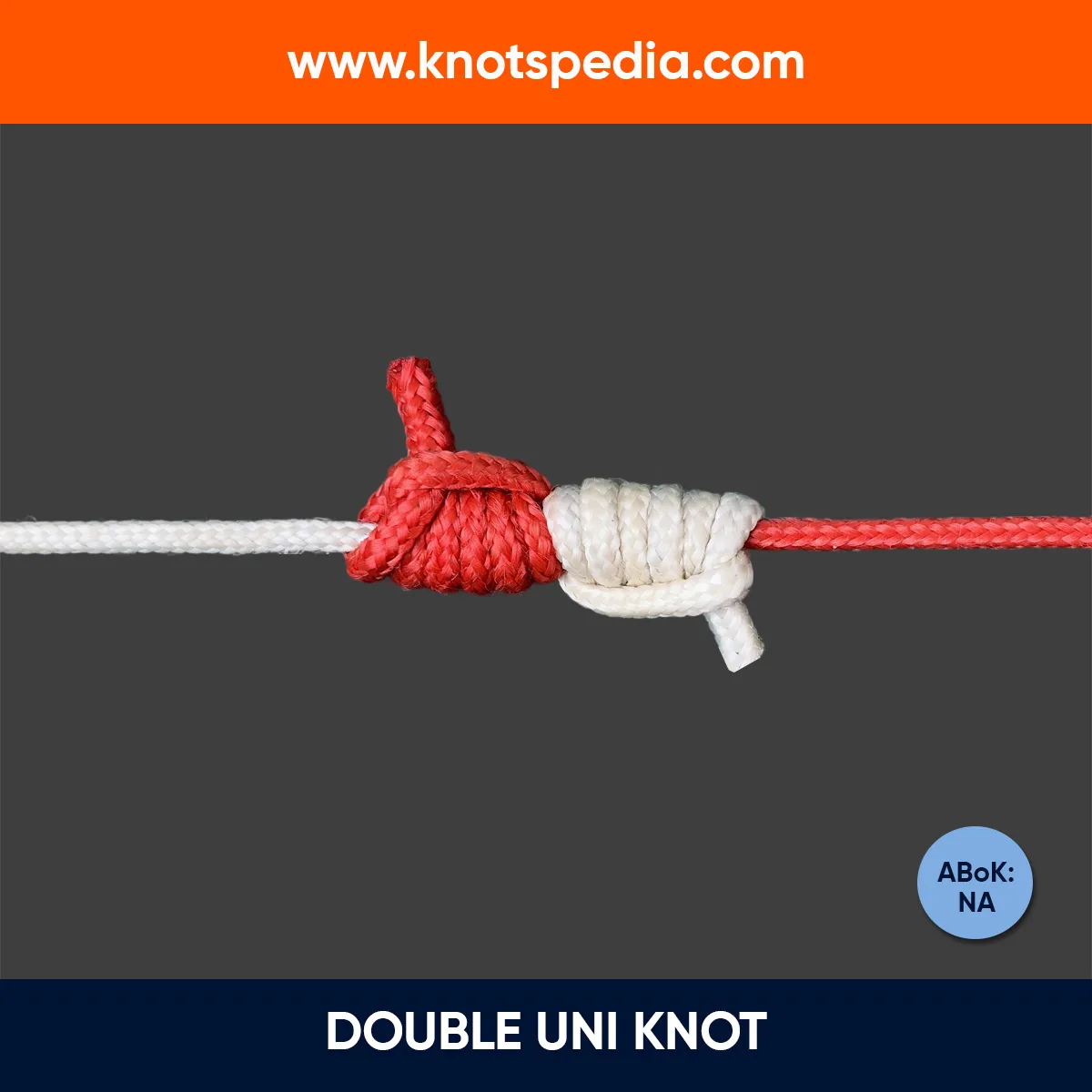

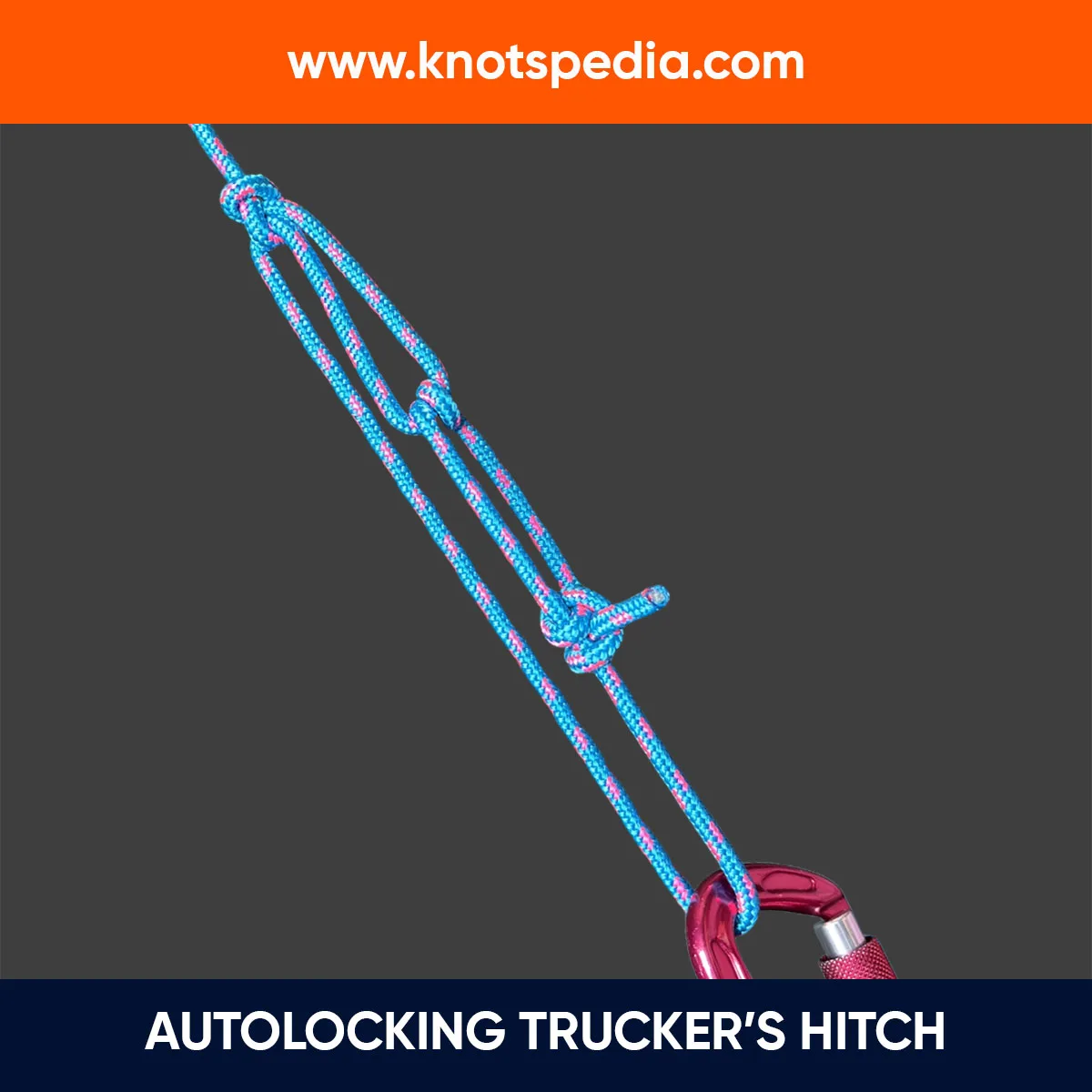
Here is the Square Knot shown as a bend because two different lines are connected. No, no and no again! The Square Knot with better name Reef Knot ist NOT(!!!!) a bend, it is a reef knot, a type of binding knot. It needs an object below. Ashley has noted that probably more people lost their lives because of using the Reef Knot as bend than from all other knots together. Therefore NEVER show and NEVER use the Square Knot as bend!!! This is irresponsible and can cost lives because somebody will follow this instruction!
Thank you for taking the time to share your concern and you’re absolutely right about the dangers of using the Square Knot (Reef Knot) as a bend.
Just to clarify, the article already includes a strong warning from Ashley and the IGKT stating that the Square Knot must never be used to join two ropes, and that it is strictly a binding knot. I absolutely agree with you, and safety is something I take very seriously.
That said, I appreciate you highlighting the importance of this point again and it helps ensure that readers understand how critical proper knot usage can be. Thanks for looking out for the community!